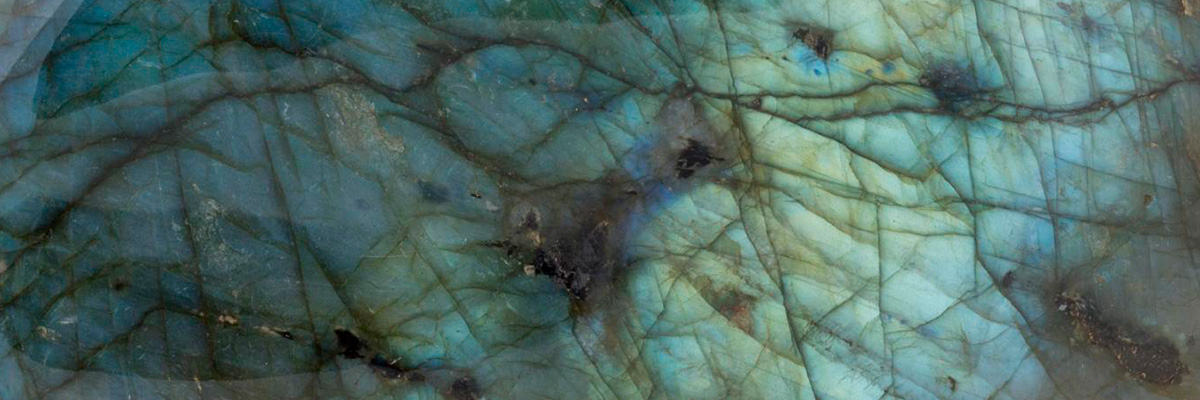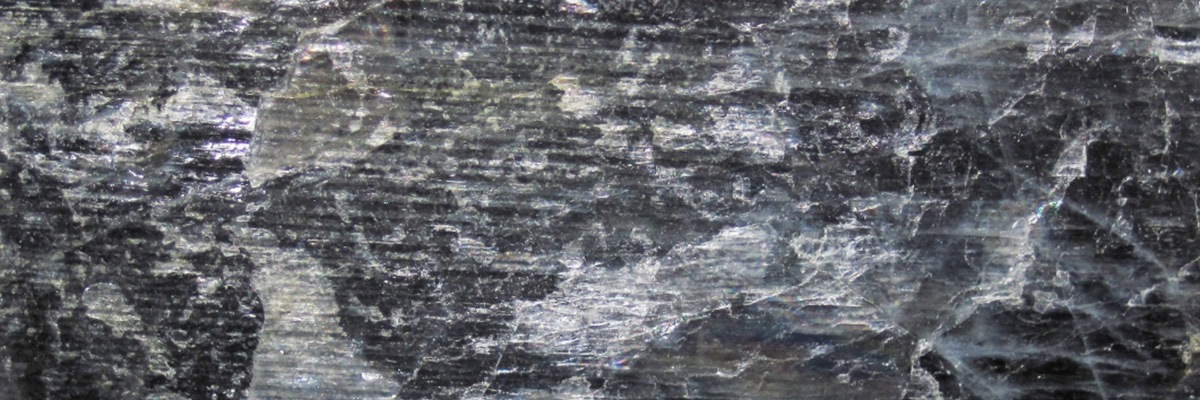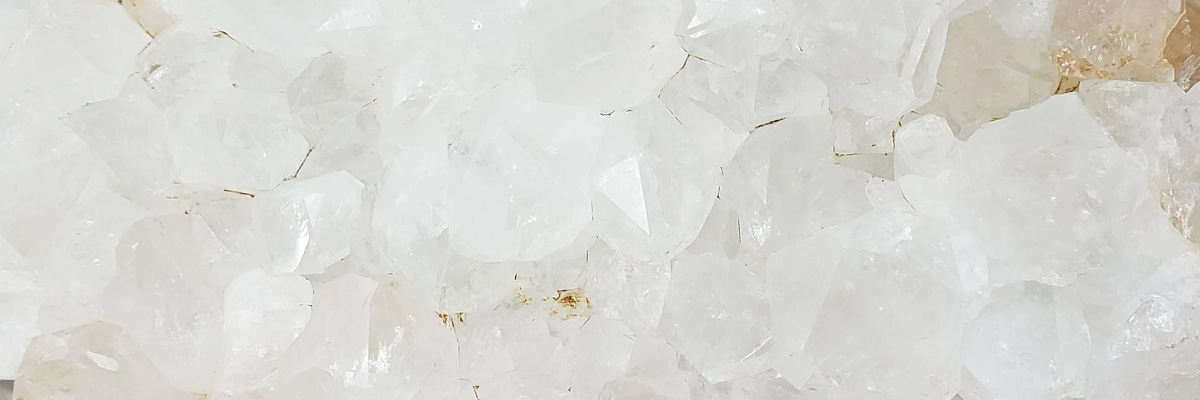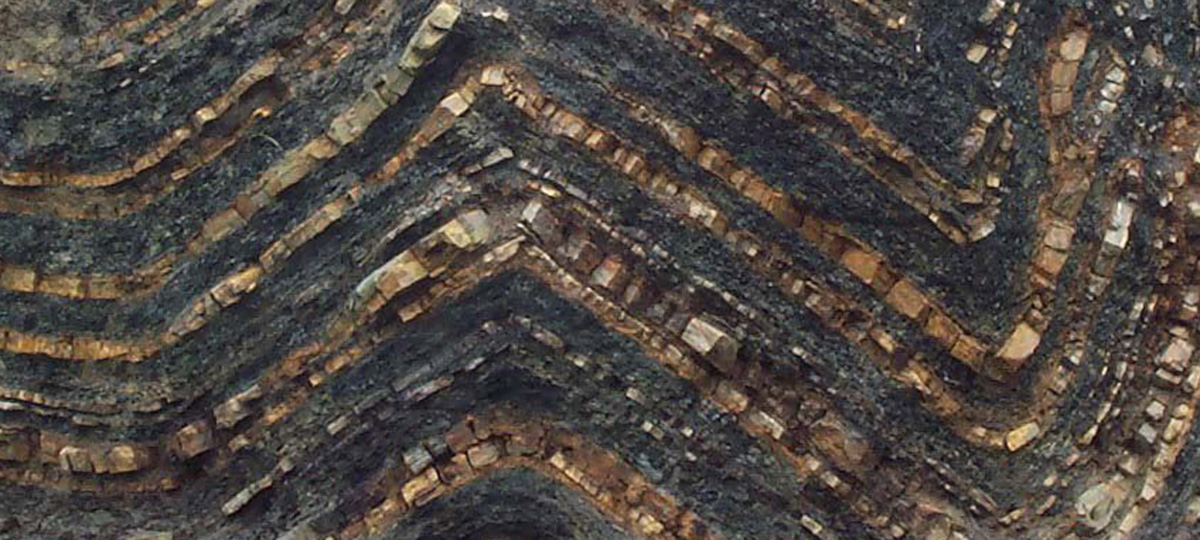Tectosilicates, also known as framework silicates, are a captivating group of silicate minerals characterized by the arrangement of silica tetrahedra (SiO4) into continuous, three-dimensional frameworks. These minerals can be found in a variety of geological environments, such as igneous, metamorphic, and sedimentary rocks. Tectosilicates are known for their unique crystal structures, wide range of physical properties, and their importance in various industrial applications, including the glass industry and as raw materials for ceramics.
Formation
Tectosilicate minerals primarily form through the cooling and solidification of magma and lava, as well as through metamorphic processes where rocks undergo changes in mineralogy, texture, and composition due to heat, pressure, and the introduction of new chemical elements. They can also form as the end product of weathering processes or through hydrothermal activity, precipitating from aqueous solutions to create mineral deposits.
Types
The tectosilicate group includes several notable minerals, such as quartz, feldspars, and zeolites.
- Quartz:
A silicon dioxide mineral, quartz is found in various types of rocks, including igneous, metamorphic, and sedimentary rocks. It is a common component of granite, sandstone, and quartzite. Quartz is known for its hexagonal crystal structure and can be found in various forms, such as amethyst, citrine, and rock crystal. - Feldspars:
A group of aluminum silicate minerals, feldspars are the most abundant minerals in the Earth’s crust. They are found in igneous, metamorphic, and sedimentary rocks. Feldspars can be divided into two main groups: alkali feldspars (e.g., orthoclase and microcline) and plagioclase feldspars (e.g., albite and anorthite). - Zeolites:
A group of hydrated aluminum silicate minerals, zeolites are found in volcanic rocks, sedimentary rocks, and as alteration products of other minerals. They are known for their unique porous structures and their ability to exchange and store water, ions, and molecules.
Properties
Tectosilicate minerals exhibit a diverse range of physical properties, reflecting their distinct structures and compositions. They generally have a Mohs hardness ranging from 4 to 7 and can be transparent, translucent, or opaque. Tectosilicates display various colors and can exhibit different crystal habits, such as prismatic, tabular, or massive.
Significance
Tectosilicate minerals hold significant importance in various fields. In geology, they provide valuable insights into the geological history of an area, the processes that have occurred, and the formation and evolution of the Earth’s crust.
Tectosilicates also have essential commercial and industrial uses. Quartz is widely used in the glass industry and in the production of electronics, while feldspars are used as raw materials for ceramics and glass manufacturing. Zeolites have numerous applications, such as water softening, gas separation, and as catalysts in the petrochemical industry.
Understanding the distribution, properties, and behavior of tectosilicate minerals is crucial for managing natural resources, evaluating geological hazards, and mitigating the environmental impacts of their extraction and use. Studying these minerals contributes to our understanding of the complex processes involved in the formation of the Earth’s crust and the diverse geological environments where they occur.
Examples
-
Feldspar
Feldspar is a family of silicate minerals belonging to the tectosilicates subclass, with two primary members – alkali feldspars and plagioclase feldspars. These minerals exhibit …
-
Labradorite
Labradorite is a fascinating mineral belonging to the plagioclase feldspar group within the tectosilicates class. This captivating mineral is renowned for its remarkable optical phenomenon …
-
Plagioclase
Plagioclase is a series of tectosilicate minerals within the feldspar family, which are some of the most abundant minerals on Earth. Characterized by its triclinic …
-
Quartz
Quartz is a silicate mineral belonging to the tectosilicates subclass, with its most common variety being macrocrystalline quartz. Renowned for its hexagonal crystal structure and …
-
Sodalite
Sodalite is a feldspathoid mineral, belonging to the tectosilicate subclass, known for its captivating blue color and distinctive white veining. The mineral exhibits a cubic …
-
Zeolite
Zeolites are a family of hydrated aluminosilicate minerals, belonging to the tectosilicates subclass. These unique minerals are characterized by their crystalline structures, which contain interconnected, …

Related Posts
-
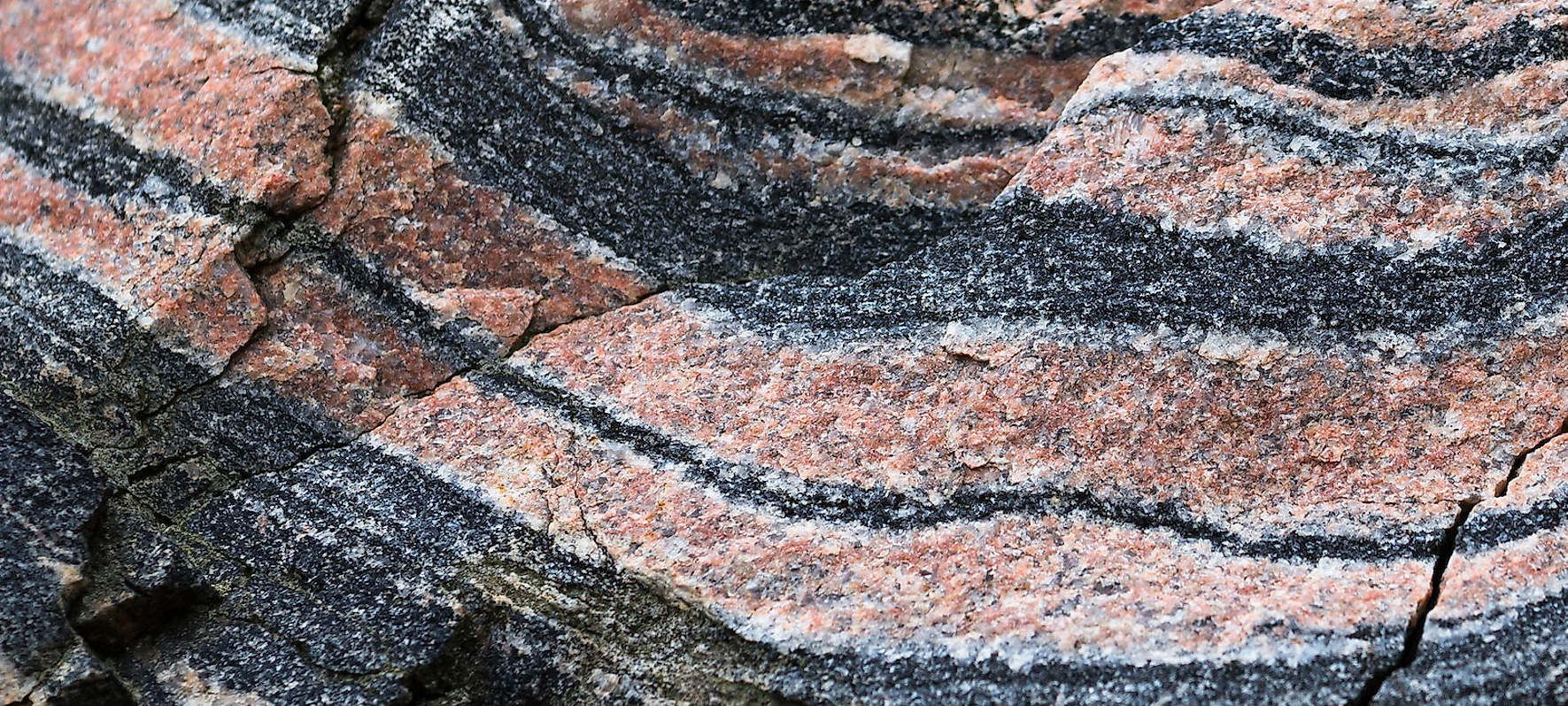
Metamorphic
Metamorphic rocks are a fascinating class of rocks that have undergone transformation due to intense heat, pressure, or mineral exchange deep within the Earth’s crust. …
-
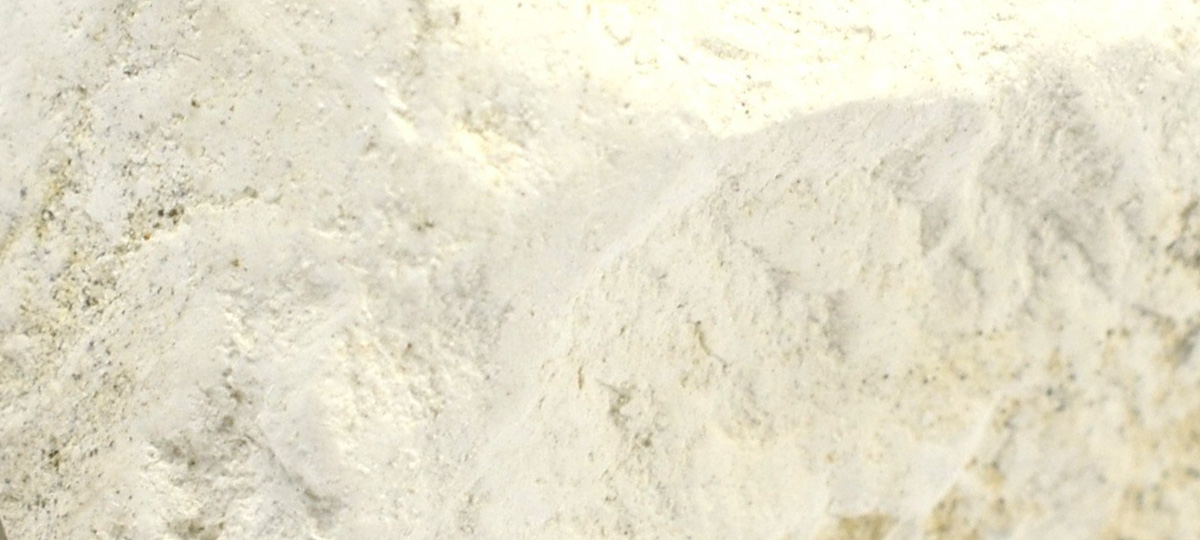
Organic Sedimentary
Organic sedimentary rocks are unique formations derived from the accumulation and preservation of plant and animal remains, providing a window into Earth’s biological history. These …
-

Chemical Sedimentary
Chemical sedimentary rocks are formed from the precipitation of dissolved minerals from water, often due to changing environmental conditions. These captivating rocks offer valuable insights …



